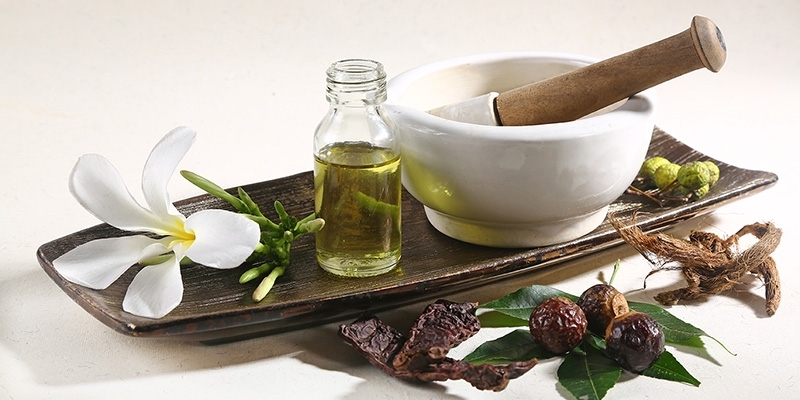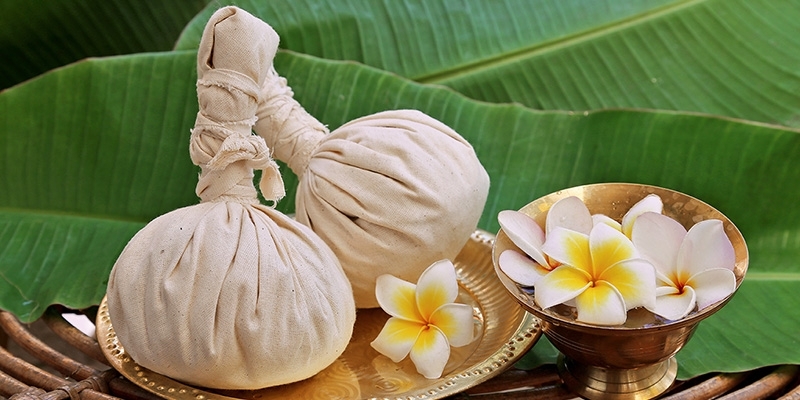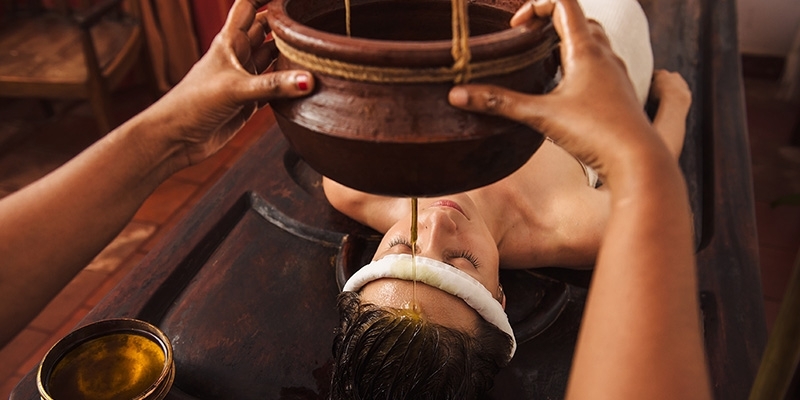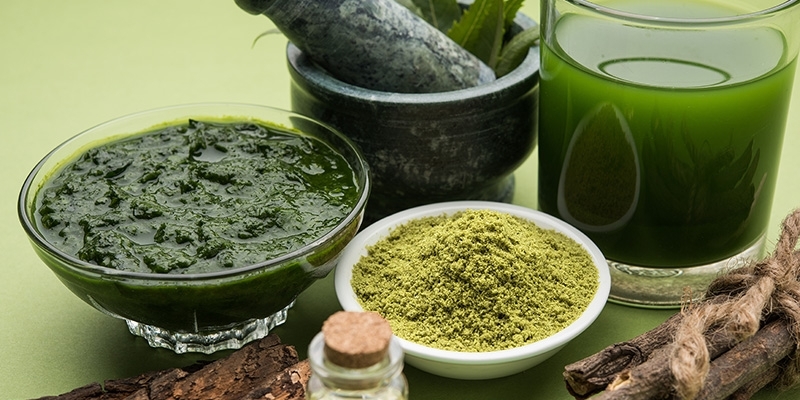Ayurveda in India Get to know the most holistic way of treating the human body
Since ages, Ayurveda is considered to be one of the most widely accepted holistic tactics towards human treatment. In the below post, let’s discover India’s supremacy in this medical science.
Ayurveda in India - Since ages, Ayurveda is considered to be one of the most widely accepted holistic tactics towards human treatment. In the below post, let’s discover India’s supremacy in this medical science.

Being a highly diverse and soulful country, India is home to some of the most amazing cultures and traditions that touch almost every aspect of our lives. Ayurveda is one of them. In fact, India is known to be the origin of this ancient healing system that commenced around 6,000 BCE from the ‘verbal tradition’ to the ‘Vedas’ and then into sacred texts on Ayurveda, commonly known as the ‘Charaka Samhita’, ‘Sushruta Samhita’ and the ‘Bhela Samhita’.
The primary definition of Ayurveda refers that it is ‘life-knowledge’ and is believed to be one of the most rounded approaches to disease treatment. The Ayurveda in India has been categorized among 8 basic elements of treatment, which are Kayachikitsa, KaumaraBhrtya, Salyatantra, Shalakyatantra, Bhutavidya, Agadatantra, Rasayantantra, Vajikaranatantra.

The basic concept of Ayurveda is based on a belief that there is an eternal connection between this universe and our body. And whenever a disease affects the body, there remains a disconnection between the body and the universe. Therefore, Ayurveda contains seven tissues, including rasa (plasma), rakta (blood), mamsa (muscles), meda (fat), asthi (bones), majja (marrow), and shukra (semen).
Any Ayurveda treatment leverages the ancient tradition by diving the body into five natural elements – space, air, fire, earth, and water. These elements work together to form a human body and are also behind the cause of any diseases.
# Ayurvedic Texts
Ayurveda is known to have set up its own character as a unique discipline after the Vedic era. The Ayurvedic texts are made up of two parts, the Great Three Classics Of Ayurveda and the Lesser Three Classics Of Ayurveda.

The Great Three Classics of Ayurveda is inclusive of Charaka Samhita, Sushruta Samhita, and Ashtanga HridayamSangraha. The Charaka Samhita is said to have flourished between the 2nd century BCE and the 2nd century CE. The native texts of this publication were believed to be inscribed by Agnivesha. He was one of the followers of PunarvasuAtreya, an Ayurvedic academic. Agnivesha and his co-scholars prepared the Samhitas, leveraging the information they got from Atreya and adding their understanding on the topic. Agnivesha’s Samhita was of specific attention because of its distinctive and thorough content. Charaka later glossed Agnivesha'sversion, and focused more on the analysis of disease and directed Ayurveda as a way of averting and curing illnesses. Charaka also explained the medicinal significance and potentials of more than 10,000 herbal vegetations.
Sushruta Samhita describes the idea and exercise of surgery in Ayurveda. Today’s scholars and researchers suggest that the Sushruta Samhita was developed almost in the middle of the first millennium BCE. It is thought to be led by Sushruta, one of the scholars of Divodasa. Sushruta Samhita is made up of 184 chapters and covers more than 1,120 health conditions, 300 types of surgeries that are based on 42 different surgical procedures, 121 different types of instruments, and 650 types of medicine extracted from animals, plants, and minerals.
Ashtanga HridayamSangraha was created by Vagbhata a few years post the Charaka Samhita and Sushruta Samhita were created. It majorly emphasizes Kayachikitsa, the branch of Ayurveda that concentrates on internal medicine. It was in this body of information that the dosha and their sub-parts were described in detail.The Lesser Three Classics of Ayurveda are inclusive of the Sharngadhara Samhita, Bhava Prakasha, and Madhava Nidanam. Sharngadhara Samhita was prepared by Sharngadhara and is appreciated for how it quantified and described pharmacological preparations used in Panchakarma.
It is also in this book that the finding of a person’s health level is done through their pulse. Bhava Prakasha was prepared around the 16th century, which is one of the later Ayurvedic manuscripts. It also looks after Kayachikitsa and describes the makings of different food, plants, and animals in regard to their medicinal and health assistance. Madhava Nidanam developed nearly 700 CE and is known for deliberating diseases that cover both women and children, toxicology, and circumstances of the throat, nose, and ears.









